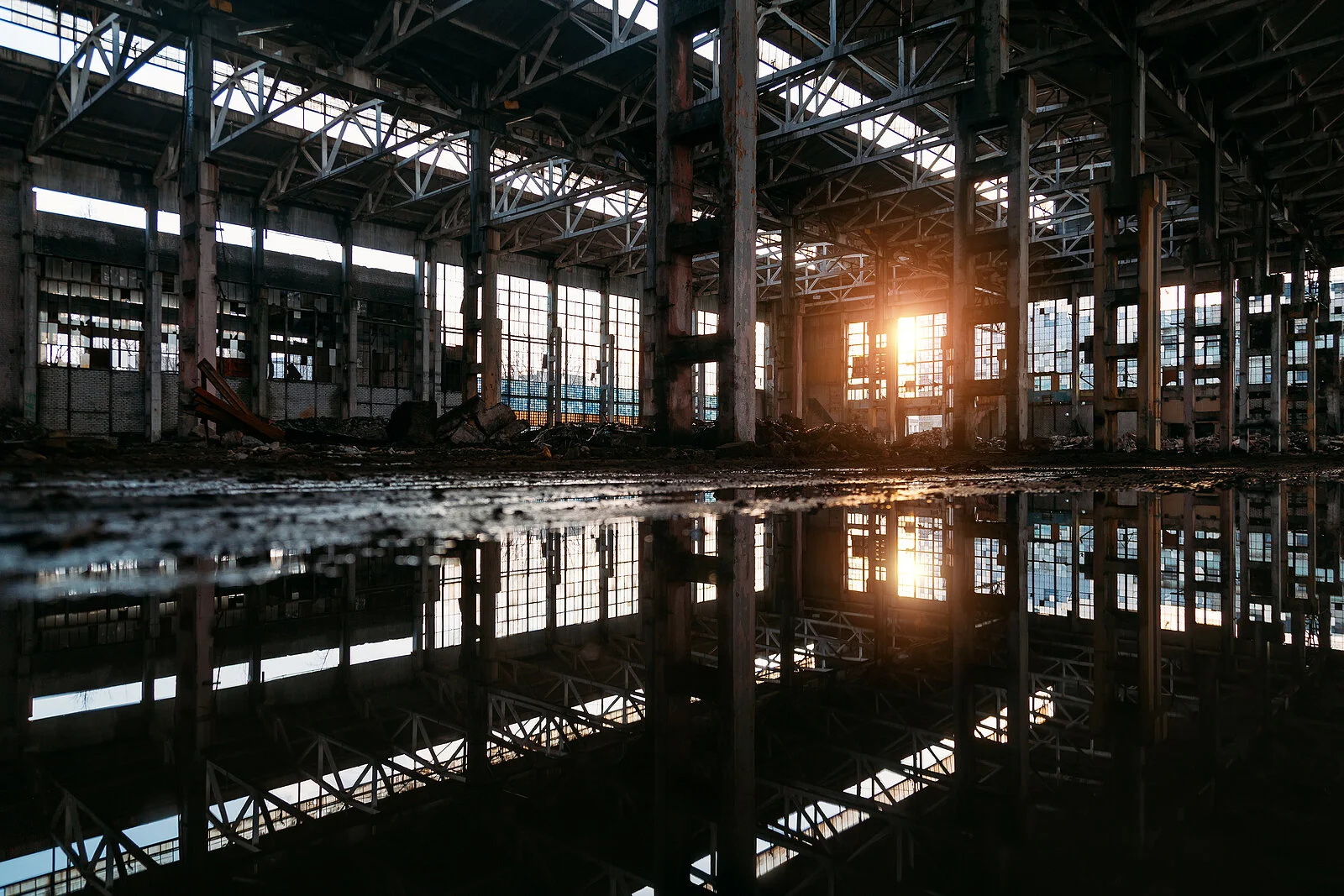When your building is in a special flood hazard area
A special flood hazard area is a FEMA (Federal Emergency Management Association) term. But it’s one builders and building owners should be familiar with. For properties in special flood hazard areas (SFHAs), calculations need to be made to determine if renovations or rehabs are considered substantial alterations, and therefore, require updating to flood-elevation codes.
About special flood hazard areas and what that means for construction
Special flood hazard areas (SFHAs) are located in a 100-year floodplain. These land areas have about a one percent probability of flood damage in any year—or a 26% chance over 30 years. Determining if your building is in a special hazard flood area is simple. Look at the flood insurance rate maps (FIRMs) for NYC or check DOB’s BIS site. When looking at flood zone classifications on FIRMs, zones A and V are considered SFHAs.
Because of their high-risk of flooding, new buildings in SFHAs must follow NYC criteria and codes for flood-resistant construction and require extensive documentation during the permit submission process. Similarly, existing structures undergoing what’s determined as a “substantial alteration” must comply with flood-resistant construction building codes at the same time.
Substantial alterations to existing buildings in SFHAs
First, you’ll need to indicate that on your Plan Work form (PW1) if your building is in an SFHA. On your permit application, you’ll need to submit documents that show whether or not your proposed project classifies as a “substantial alteration.” What constitutes a substantial improvement?
If costs equal or exceed 50% of the market value of the building
Work on a substantially damaged structure (defined in Section BC G201.2)
Regardless of whether or not your alterations are substantial, you’ll need to include the following statement with every application for alteration: Work proposed in this application (is/is not) included in a substantial improvement as defined by Section BC G201.2 and 1 RCNY 3606-01.
Calculating for substantial alterations
To determine if your improvements are a substantial alteration, you need to:
Calculate market value. There are two options here.
a. Assessment roll option: Use dollar amounts provided by the Department of Finance’s most recent “Final Assessment Roll.” To do this, multiply total market value by the ratio market value of structure to total market value.
b. Appraisal option: Use dollar amounts from an appraisal completed by a New York State licensed Real Estate Appraiser.
Calculate cost. The total cost for repairs, reconstruction, rehabs, additions, or other improvements = costs for the application + cost for all other work during that period (including separate applications and small alterations/repairs/
If cost calculations (of number 2) equal or exceed 50% of market value (number 1), your building is undergoing a substantial alteration and also needs to comply with flood regulations.
When your alterations are not considered substantial
Alterations that are not substantial—but greater than $40,000 or 25% of market value—do not need to comply with new-building flood regulations. However, they do need extra supporting documentation with your application.
Market value calculations
Cost calculations on repairs/alterations
A copy of the Final Assessment roll or real estate appraisal
Any other relevant documentation
Working with us on your SFHA property
Whether new construction or alterations, we can help you submit the right documentation for an SFHA property or understand applicable building codes and regulations.

